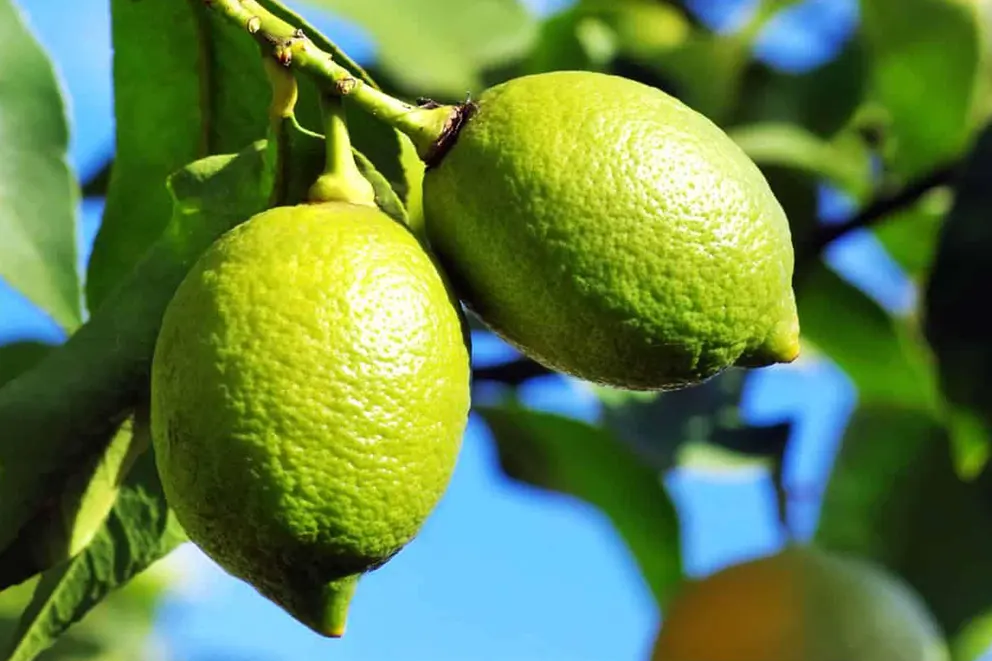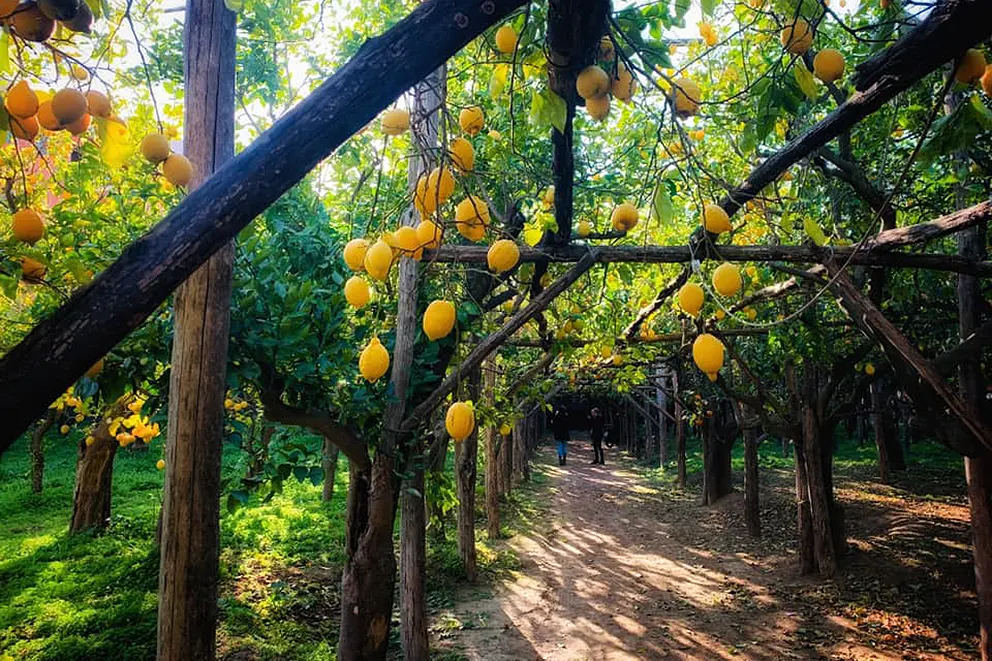Agruminato, the sweet scent of Sorrento’s citrus garden
The sense of place. Sorrento between nature and culture
Historical and cultural background
At the turn of the 18th and 19th centuries, citrus growing spread in the Sorrento Peninsula, intensifying greatly around the middle of the 19th century, when the cultivation of lemons and oranges became intensive and the plants began to be protected by pergolas covered with ‘pagliarelle’, safeguarding the fruit from the winter frost. The increase in production was rapid and in 1855 citrus fruits began to be sold in America on sailing ships. Year after year, a cultivation system was formed and perfected, which, with hard work and ingenuity, transformed the Sorrentine peasants into citrus growers on the one hand and architects of a new landscape on the other, which later became one of the most important tourist attractions for millions of visitors from all over the world. The Agruminato is a typical citrus garden on the Sorrento Peninsula and has great ecosystem and historical importance, as well as urban planning, because it is in the center of the city of Sorrento. Originally called Fondo Petrulo, it has had various owners over time: first the Hotel Excelsior Vittoria, then the ship-owner Achille Lauro, and currently the Sorrento municipality. Miraculously saved from the urbanization of the second half of the 20th century, the citrus grove today covers about 11,000 square meters and has been open to the public since the early 2000s.
Physical characteristics
The Agruminato is a true ‘island of green’ in the city of Sorrento and allows one to fully understand the words that Friedrick Nietzche wrote in 1877, describing our places: “In Sorrento there are walks among the orange groves so well covered, that one always feels sheltered from the wind as it blows impetuously out into the world”. Or the verses composed in 1903 by Giambattista De Curtis, for one of the world’s most famous songs, ‘Torna a Surriento’: “Siente siè ’sti sciùri ’e arance, ’nu profumo accussì fino, dint’ ’o core se ne va”. This citrus grove is divided into two parts: a lemon grove and an orange grove, both protected by an arbor typical of the Sorrento Coast, which is made of seasoned chestnut poles covered with the characteristic pagliarelle, which, on the one hand, provide defense against adverse weather conditions and, on the other, do not prevent the beneficial action of light for photosynthesis and fruit ripening.
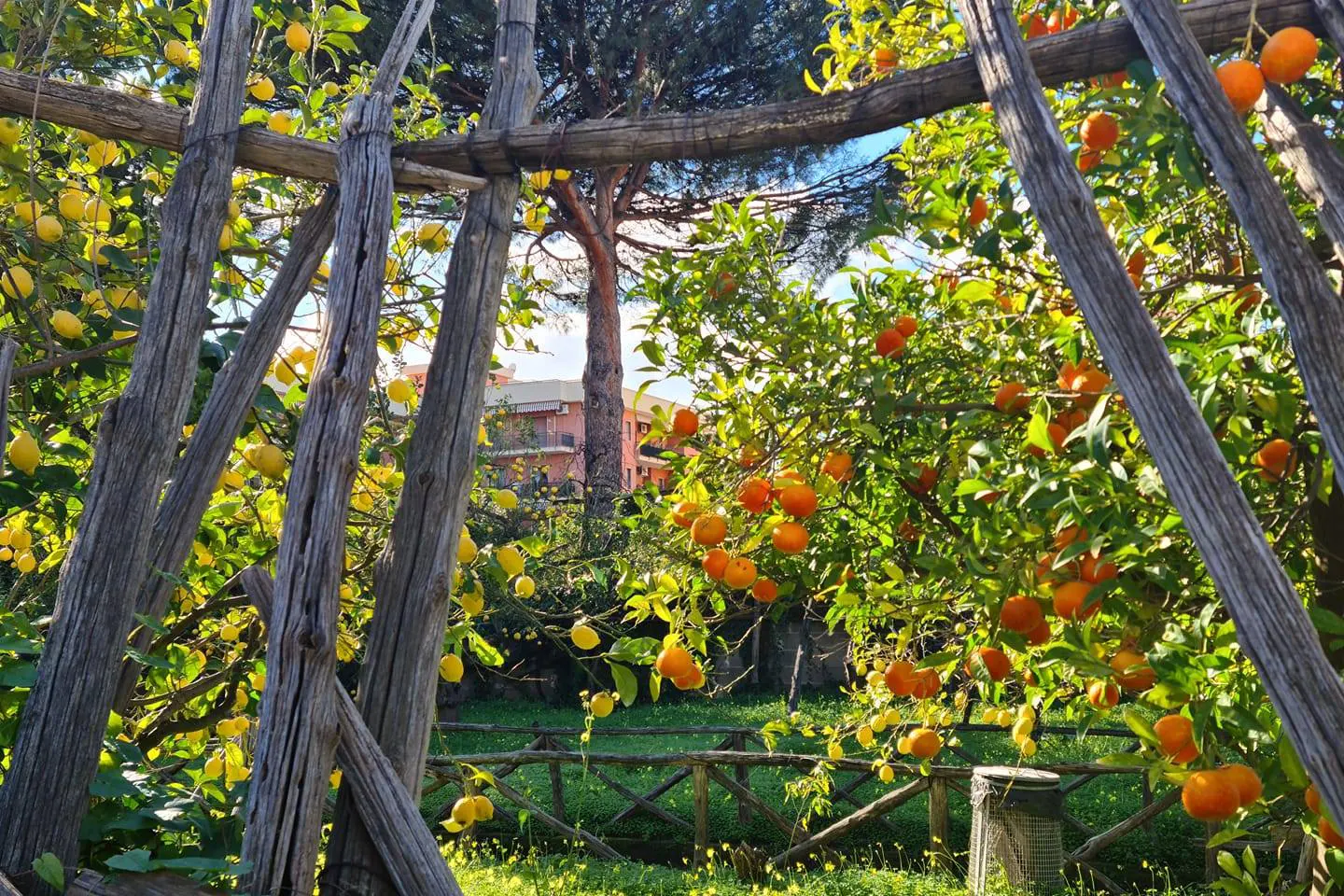
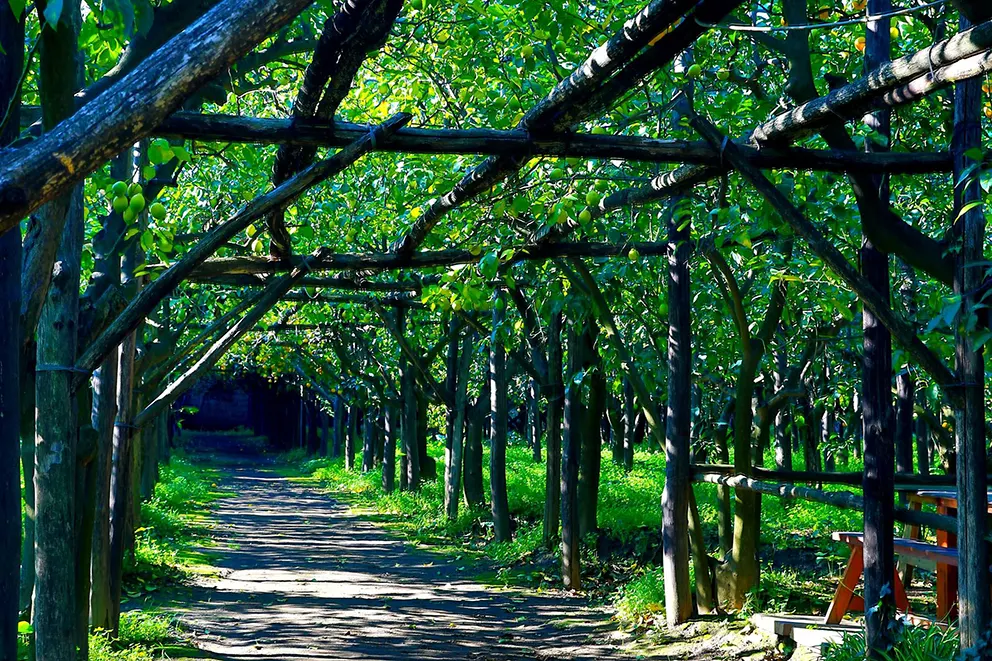
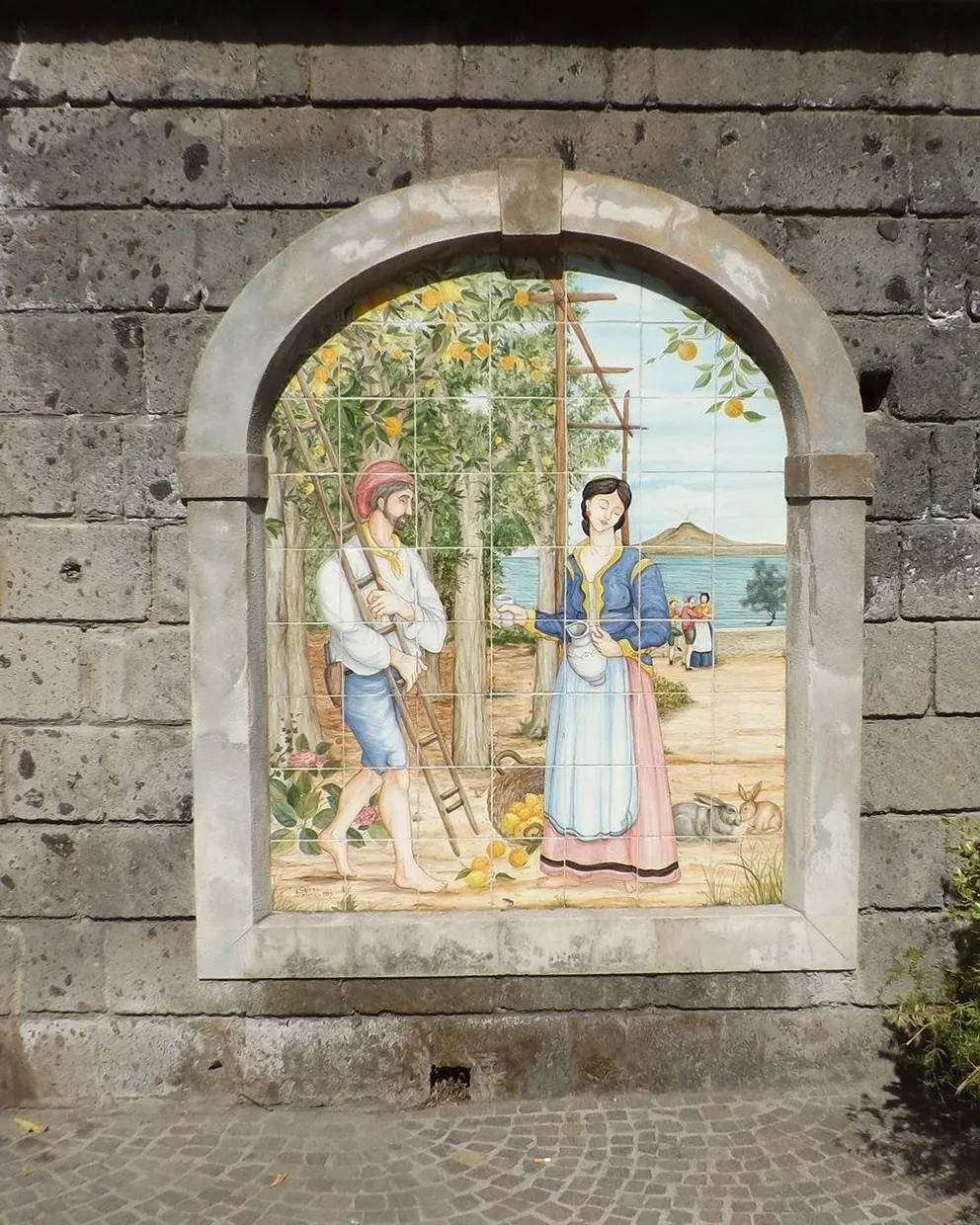
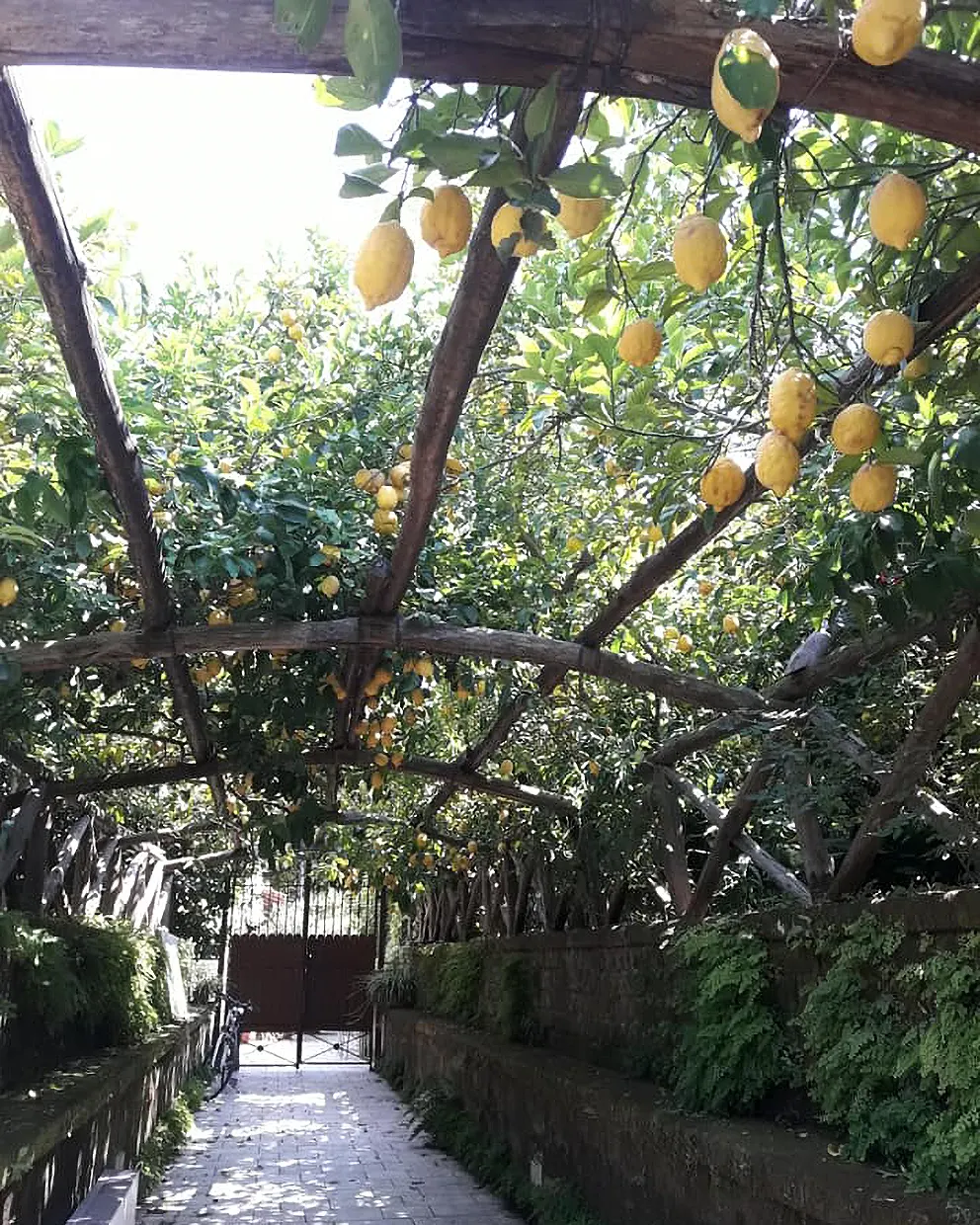

Botanical specificities
Lemons and oranges are plants that have been cultivated for thousands of years. They originated in China, then arrived on the shores of the Mediterranean at various times, from Roman times to the end of the 15th century, when they finally established themselves thanks to Vasco De Gama's missions to the East. The flowers of these fruits are called orange blossoms and are a symbol of purity and love, which is why they are traditionally associated with the wedding day, i.e., the celebration of a relationship that intends to build a future, that wants to continue and renew life. They are fragrant flowers with an ornamental purpose, but they also lend themselves to cosmetic, phytotherapeutic and culinary uses due to their many properties. The lemons cultivated in the Sorrento Peninsula have special characteristics and two varieties are particularly prized: the ‘Femminiello comune’, on the Massa Lubrense hills and on the Sorrento Plain, with a medium-small size, light yellow color, abundant juice and very fragrant; the ‘Ovale di Sorrento’, which has an elliptical and symmetrical shape, medium size (over 100 grams), a medium-thin epicarp (flavedo), a spongy mesocarp (albedo) and a juicy endocarp.
Faunal peculiarities
The citrus grove is an agro-ecosystem that hosts a rich fauna of insects, but also of harmful mites and their antagonists, as well as other organisms such as nematodes, mollusks, and rodents. Among the most feared animals in the citrus grove is the cochineal, which, by feeding on the sap of the plants, can, in the long run, lead to the structural weakening of the plant and its death. Other animals, on the other hand, favor the life of the bottom, such as bees, fascinating and well known insects, organized into three castes: the queen, which is the only fertile female, fed by the worker bees; the males or drones, which only carry out fertilization and die immediately after mating; the workers, which can number tens of thousands in a single community and which build honeycombs out of wax, made up of hexagonal cells, which they fill with honey and pollen to feed the larvae. In the citrus grove they have one of their most favorable ecosystems.
